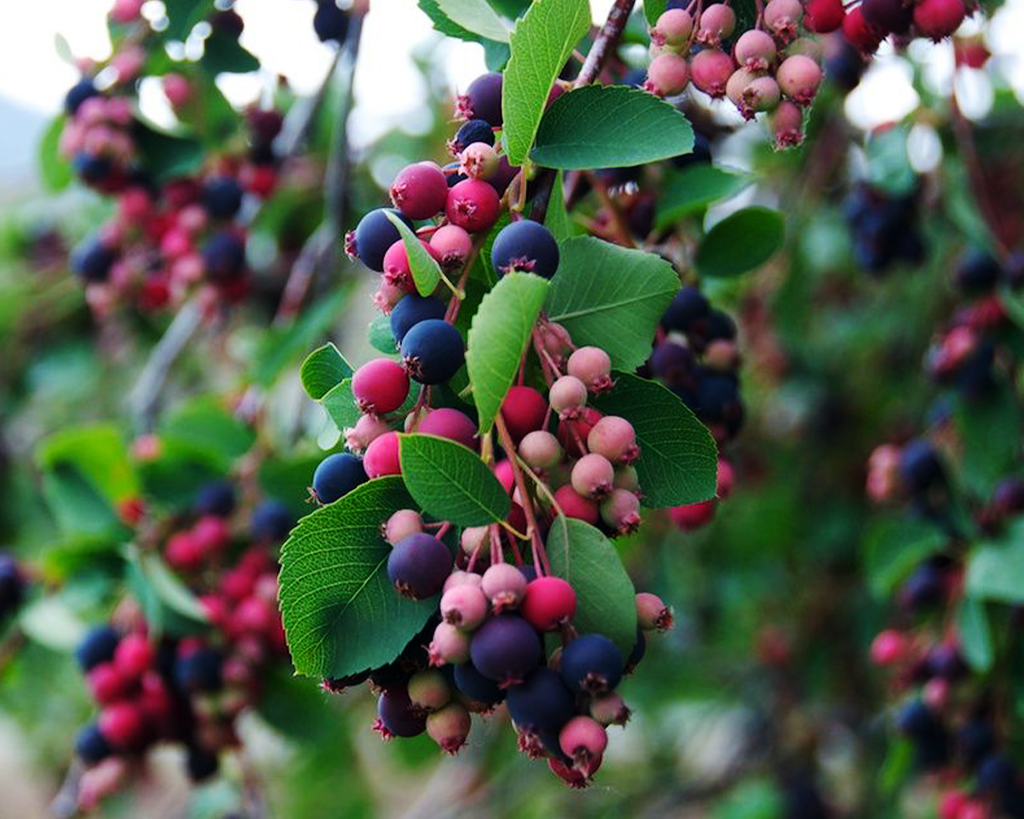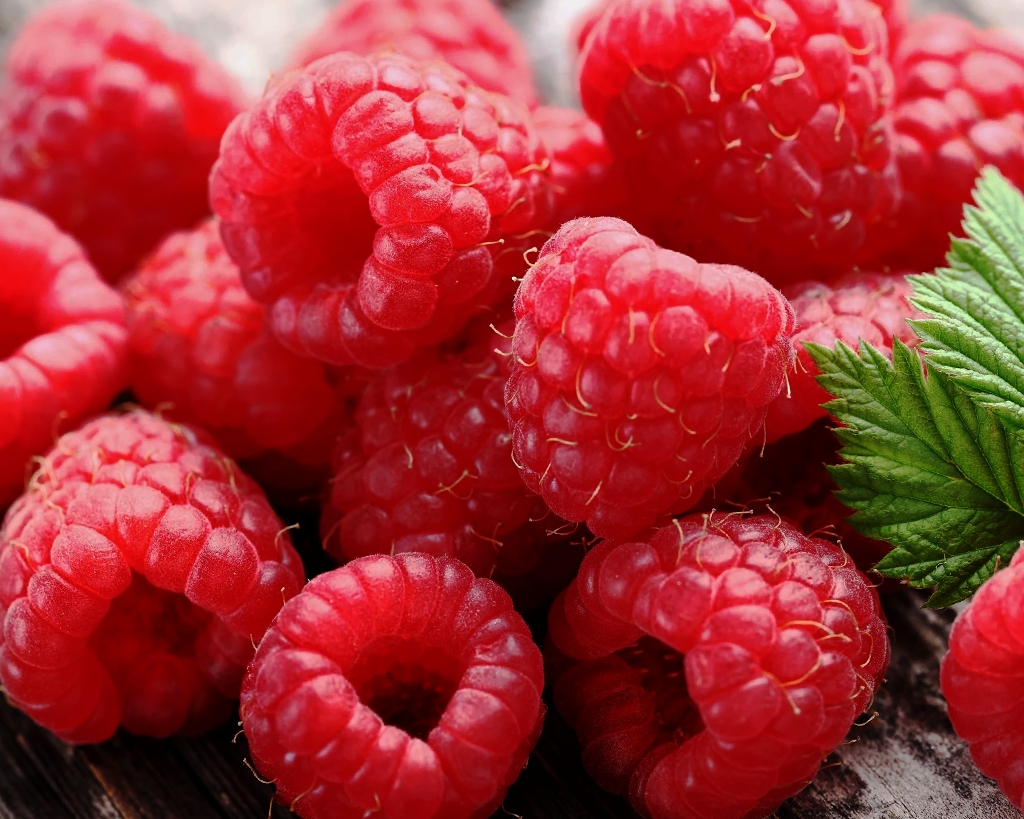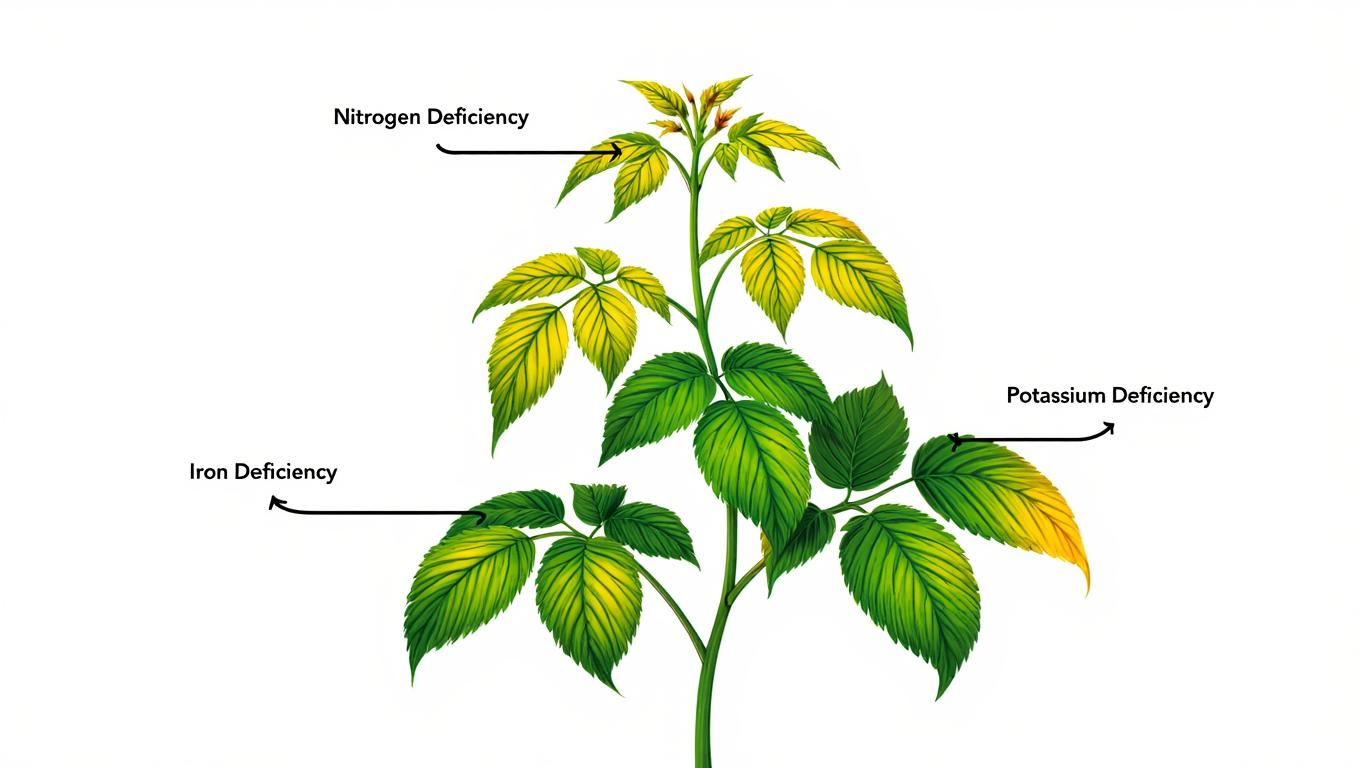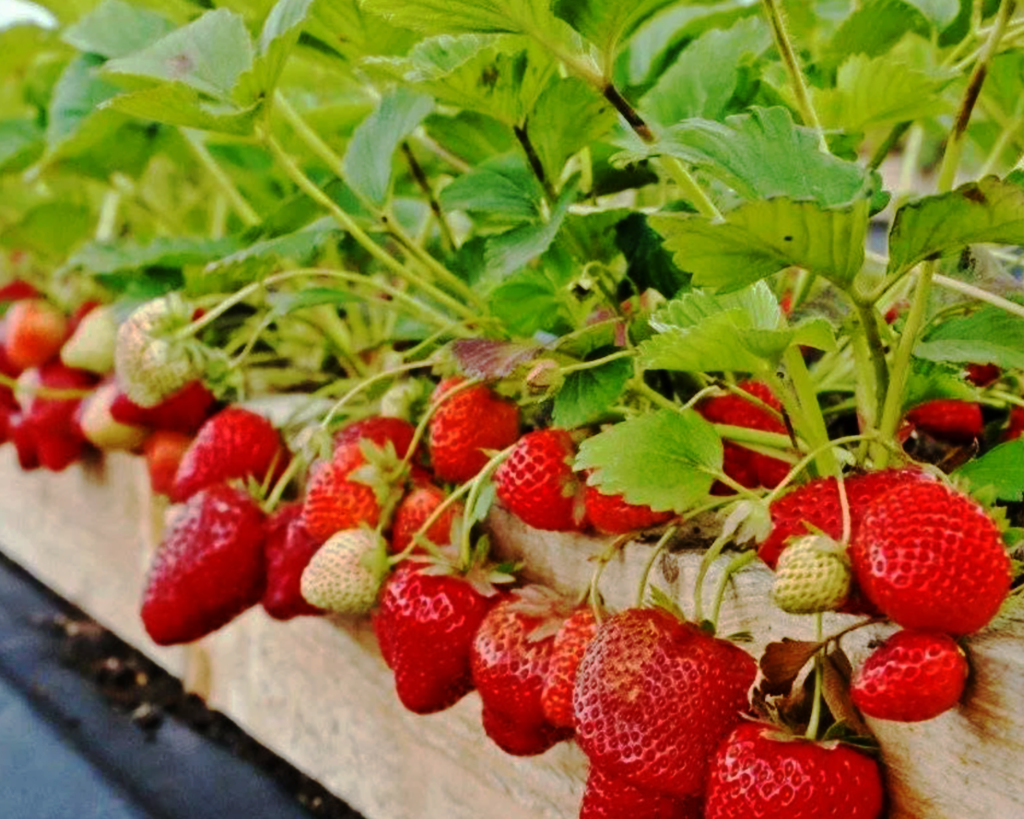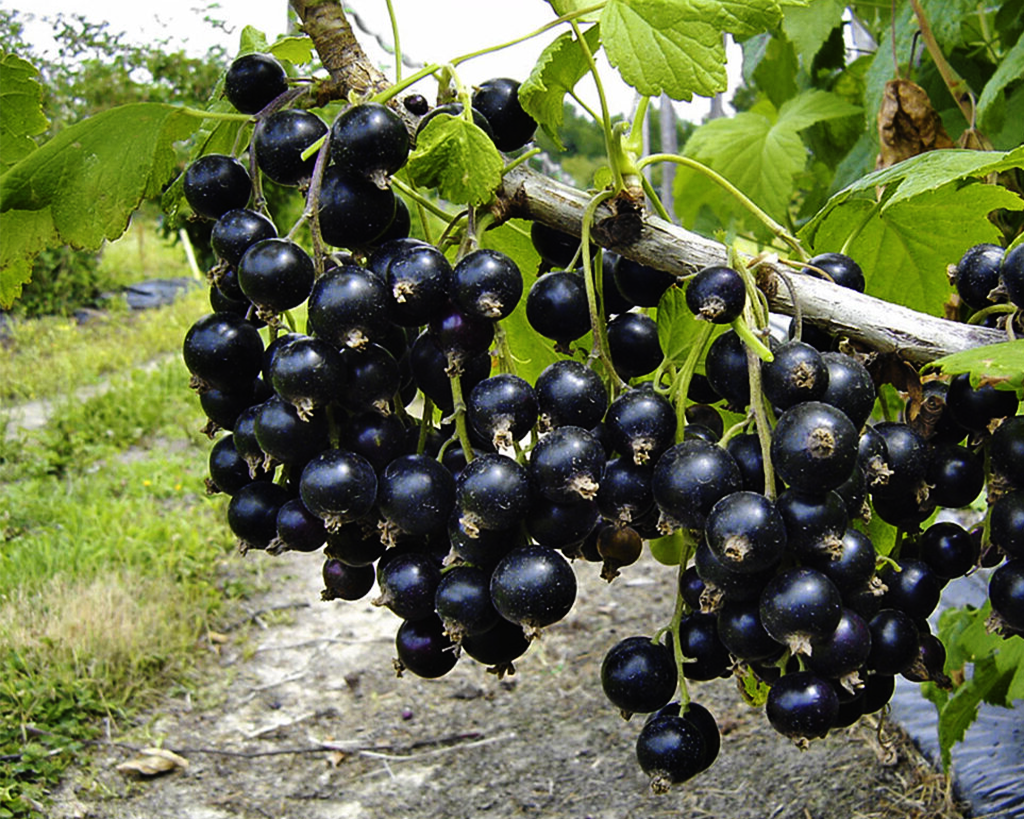Irga is a surprisingly beautiful and stable shrub, with many useful qualities. It can be a real godsend for summer residents and gardeners, because it does not require special care and at the same time generously pleases with delicious berries that are useful for both health and cooking. This article takes into account all the subtleties of planting and caring for irga, so that it brings maximum pleasure and yield. At the end you can download a memo in which you’ll find a quick profile, step-by-step planting, watering and feeding rules, pruning and training tips, a seasonal calendar, and a small planting worksheet.
What is an IRGA?
Irga (or amelanchier) is a genus of shrubs or small trees in the rose family. In nature, there are about 20 types of irgi, but in horticulture, the most commonly grown irga is bloody (or common), Alpine irga and Canadian irga. This plant is originally native to North America and Europe, but quickly gained popularity in our gardens due to its unpretentiousness and decorative nature.

Irga benefit
Irga is not just an ornamental shrub for your garden, but a real star that attracts attention with its beauty, healthy berries and unusual resistance. Let’s find out the benefits that make this plant so unique and why many gardeners value irga planting as an easy way to decorate the yard.
Beautiful blooming
One of the most striking characteristics of irgi is its spring flowering. Imagine: in early spring, when the rest of nature is just beginning to awaken, the irgi bushes begin to be covered with dense racemes of small white or cream flowers. These flowers are not just beautiful — they create a special atmosphere in the garden, filling it with an air of subtle aroma. It is incredibly attractive to insects, and of course bees come here in search of nectar.
Irga planting helps expand the horizons of your garden; it will delight the eye at a time when many plants have not yet begun to actively bloom. This is like a kind of harbinger of the summer season, which simultaneously attracts attention and becomes a source of food for insects.
Juicy berries
In summer, the plant turns into a real surprise berry. Its fruits are a cross between cherries and blueberries. Juicy, sweet, but with a slight sourness, they are suitable for direct consumption and for various culinary experiments. The taste is probably one of the strongest benefits of these berries. It is especially nice that they are not so sour as, for example, blueberries, and do not lose their sweetness, like cherries. This makes irga care simple and rewarding because the harvest is always tasty.
Irgi berries can be used in various dishes: from jam to pies and juices. They are perfectly combined with other fruits and berries, creating unusual flavor combinations. By the way, many people appreciate irga planting for its high content of antioxidants, so in addition to its taste qualities, you also get natural benefits for the body. And harvesting is a pleasure. The berries are small, but there are so many of them that they quickly fill the bucket.
Winter hardiness
But perhaps one of the most amazing characteristics of irgi is its incredible winter hardiness. We all know how difficult it can be to cover plants in winter, especially if the winter is harsh. But irga wintering is the rare case when you can not worry about the bushes. It perfectly tolerates frosts, even if the temperature drops below -30°C. In principle, the plant practically does not require additional shelters or protection. For most gardeners, this is a huge plus, because proper irga care does not force you to spend extra effort on insulation.
It is not afraid of frost, wind or snow. On the contrary, winter for irgi is a kind of test, which it tolerates with dignity. This makes it an excellent choice for those who live in regions with cold winters, because you can not only rely on its beauty at any time of the year, but also not waste time and effort on preparing the winter quarters.
Benefits of irgi
Now let’s talk about how useful irgi berries are. They are delicious and incredibly healthy. These berries contain a lot of vitamins and trace elements, including vitamins A, C, E, as well as a large amount of iron and calcium. These substances help to strengthen the immune system, maintain the health of the cardiovascular system, and also help the body fight various infections.
Irgi berries are also rich in high levels of antioxidants. Antioxidants help neutralize free radicals that can damage cells and accelerate the aging process. This plant also helps maintain normal blood sugar levels and improves metabolism, which makes irgi berries useful for people who monitor their health. So, the benefits are not only decorative but also medicinal.
Irgi leaves are also used in folk medicine, for example, to prepare infusions and decoctions that help with colds, liver and kidney diseases. So irga planting is not just for beauty in your garden, but also a source of health for the whole family.

Irga planting
To plant an irgi, it is important to choose the right place. The shrub prefers sunny areas, but can also grow in partial shade. The main thing is to avoid places with stagnant water, as the plant does not tolerate waterlogging. The soil should be well drained and sufficiently nutritious.
IRGI boarding time
The best time for irga planting is in autumn or early spring. In autumn, plants have time to take root before the onset of cold weather, and in spring they begin to grow actively from the first warm days.
How to choose a seedling? When choosing a seedling, it is important to pay attention to the root system. It is best to buy plants with a closed root system, that is, in containers, so they adapt faster and suffer less from transplanting.
IRGI planting steps
Preparing the pit. Dig a hole for planting, approximately 40–50 cm deep and 50 cm in diameter. Add compost or humus to the pit — this will provide the plant with good nutrition in the first years.
Soil enrichment. To speed up growth, you can add a little wood ash or mineral fertilizers, but in moderation.
Planting a seedling. Place the seedling in the pit so that the root neck (the place where the roots go into the trunk) is at ground level. Cover the roots with earth and tamp a little. After that, water the plant abundantly.
Mulching. After planting, it is recommended to mulch the ground around the seedling to retain moisture and prevent the growth of weeds.
Irga care
Irga care is very simple, but a few procedures will help it grow healthy and produce a good harvest.
Watering system
Irga is a drought-resistant plant, but in the first year after irga planting, it is necessary to monitor watering, especially in dry weather. Water the plant once a week, and on hot days — more often. The main thing is not to overdo it, as excessive moisture can lead to rotting of the roots.
Cropping
In order for the shrub to be beautiful and bear good fruit, it must be pruned. Pruning irgi is done in early spring or autumn, after the plant sheds its leaves. Remove old and diseased branches, as well as those that grow inside the bush. To stimulate fruiting, you should leave only the strongest and healthiest branches.
Top dressing
Irga does not require frequent fertilization, but in the first few years it can be fertilized. Use complex mineral fertilizers in the spring, and organic fertilizers in the fall. It’s important to remember that excess nitrogen can lead to excessive leaf growth at the expense of fruit, so balance is the key word.

Protection of IRGI from diseases and pests
Irga is quite resistant to most diseases, but can sometimes be affected by fungal infections such as powdery mildew or septoria. In such cases, you can treat the plant with special fungicides. Also, like all plants, irga can attract insect pests, such as aphids or spider mites. Wiping the leaves from dust and periodically inspecting the plant will help to avoid many problems.
Irga wintering
Irga wintering is easy because the plant is very hardy and survives cold winters, especially if it is planted in regions with a mild climate. In harsh winters or in the case of early frosts, you can cover the ground around the plant to protect the roots. Young seedlings can be covered with lapnik.
Harvesting
Irgi berries ripen in June or early July, depending on the variety. They look like small bluish-black berries that resemble blueberries, but they taste much sweeter. It is best to harvest in dry weather, when the berries are not damaged by rain and do not rot.
Irgi berries can be consumed fresh, added to desserts, made into jams, compotes, and dried for storage. They are also great for making wines and tinctures.
Irga is a wonderful plant for your garden, which combines useful properties and decorative qualities. With minimal irga care, it will delight you with delicious berries and bright flowers. Proper irga planting and a few simple steps for irga wintering will make it not only a decoration, but also a source of health for the whole family.
Get the printable memo for your garden plan — CD Irga Planting and Care Memo (PDF)
